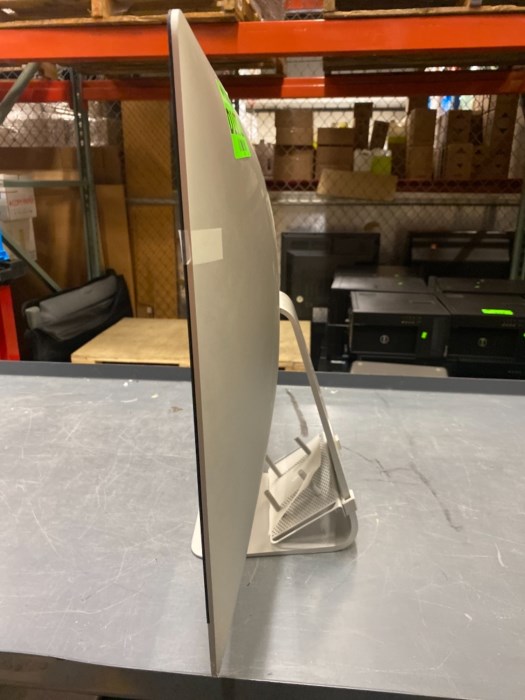


Then at some point something finally causes the crack to expand (a lot like a windshield crack will expand in cold weather, after going over a bumpy road, etc). We sometimes hear this happens when the computer is placed in a backpack that is a little too full, or is opened and closed by a corner instead of the middle, and sometimes it just seems to happen without any external influence at all.Īnother scenario that can cause the belief that the computer cracked by itself is when a very small, not noticeable, crack has formed from a hit, drop, or twist, but the small crack in the LCD remains so small it is not visible for some time (hours, days, weeks, you get the idea). The LCD panels are extremely brittle, so this slight bending can cause the LCD panel to crack internally. On some model computers, including the MacBook Air, the screen’s LCD panel is so thin, and the metal housing is so thin, that it allows some bend in the display when opened or held by a corner. Sometimes when the computer comes in we can see where the impact point was that caused the damage to the LCD, other times, it does appear the screen started to crack from a kind of twisting motion. While both of these models still require some sort of trauma to crack the screen, in our experience they require less trauma to crack on average than the MacBook Pro line of laptops. The models that seem to crack the most with the least amount of force are the 2017 MacBook Air and 2020 M1 MacBook Air. On some models only a little bit of force is required if applied just right to crack the LCD panel of the Mac. A crack is only formed by some sort of force, but the amount of force and the type of force that causes a crack can vary a lot. You can find accounts of the MacBook screen cracking by itself on Apple’s own forums as well as MacRumors, and others. So your MacBook Air screen cracked? This issue is not uncommon.


 0 kommentar(er)
0 kommentar(er)
